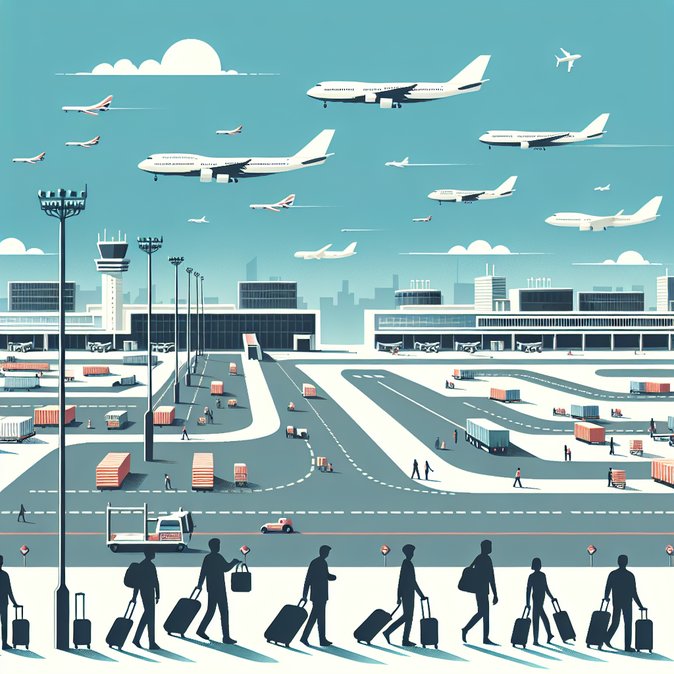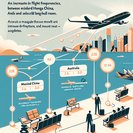
Hong Kong International Airport (HKIA) reported a strong rebound in demand in October, handling 5.37 million passengers and 34,465 flight movements – year-on-year gains of 18 per cent and 9.1 per cent respectively. The most eye-catching metric was transfer and transit traffic, which surged 50.2 per cent to 1.5 million travellers, underscoring the hub’s rapid recovery as an Asian stop-over gateway after the lifting of pandemic restrictions last year.
Traffic to and from Southeast Asia, mainland China and Taiwan led growth, benefiting airlines that use Hong Kong for sixth-freedom connections. Cargo volumes also inched up 2.9 per cent to 455,000 tonnes, helped by resilient exports to Europe, the Middle East and Southeast Asia. Over the first ten months of 2025, HKIA welcomed more than 50 million passengers – already 15 per cent above the same period in 2024 – while flight movements rose almost 9 per cent, highlighting the airport’s path back to pre-Covid scale.
![HKIA Passenger Throughput Jumps 18% as Transit Traffic Roars Back]()
Airport Authority CEO Vivian Cheung attributed the gains to the commissioning of the Three-Runway System (3RS), which has unlocked additional slots and attracted new airlines. The airport also received two major accolades on 17 November – CAPA’s “Asia Large Airport of the Year 2025” and TTG’s “Travel Hall of Fame – Best Airport” – reinforcing its competitive positioning.
For companies moving staff in and out of Hong Kong, the data suggest shorter connection times, better seat availability and fewer bottlenecks through year-end. Travel managers should, however, monitor slot allocations because the rapid capacity ramp-up can shift fare dynamics on key trunk routes. Freight forwarders can also expect slightly faster cargo processing as new stands and air-freight facilities associated with 3RS come online. Overall, the figures confirm that the SAR’s status as a premier Asian transit hub is firmly back on the map – critical news for global mobility teams planning 2026 assignments.
Traffic to and from Southeast Asia, mainland China and Taiwan led growth, benefiting airlines that use Hong Kong for sixth-freedom connections. Cargo volumes also inched up 2.9 per cent to 455,000 tonnes, helped by resilient exports to Europe, the Middle East and Southeast Asia. Over the first ten months of 2025, HKIA welcomed more than 50 million passengers – already 15 per cent above the same period in 2024 – while flight movements rose almost 9 per cent, highlighting the airport’s path back to pre-Covid scale.

Airport Authority CEO Vivian Cheung attributed the gains to the commissioning of the Three-Runway System (3RS), which has unlocked additional slots and attracted new airlines. The airport also received two major accolades on 17 November – CAPA’s “Asia Large Airport of the Year 2025” and TTG’s “Travel Hall of Fame – Best Airport” – reinforcing its competitive positioning.
For companies moving staff in and out of Hong Kong, the data suggest shorter connection times, better seat availability and fewer bottlenecks through year-end. Travel managers should, however, monitor slot allocations because the rapid capacity ramp-up can shift fare dynamics on key trunk routes. Freight forwarders can also expect slightly faster cargo processing as new stands and air-freight facilities associated with 3RS come online. Overall, the figures confirm that the SAR’s status as a premier Asian transit hub is firmly back on the map – critical news for global mobility teams planning 2026 assignments.








